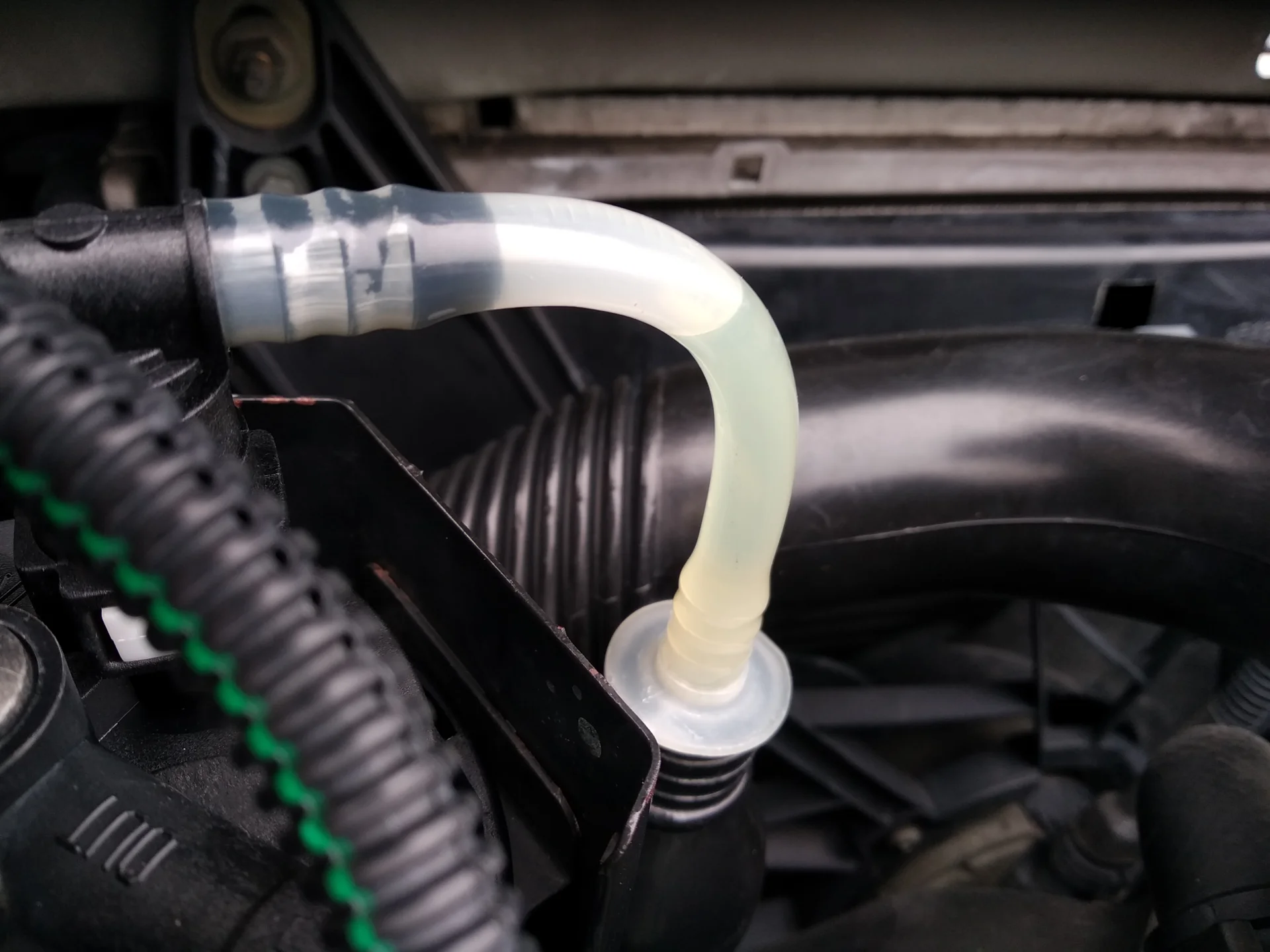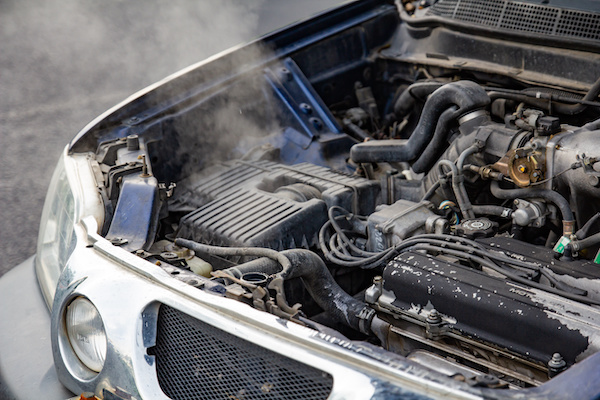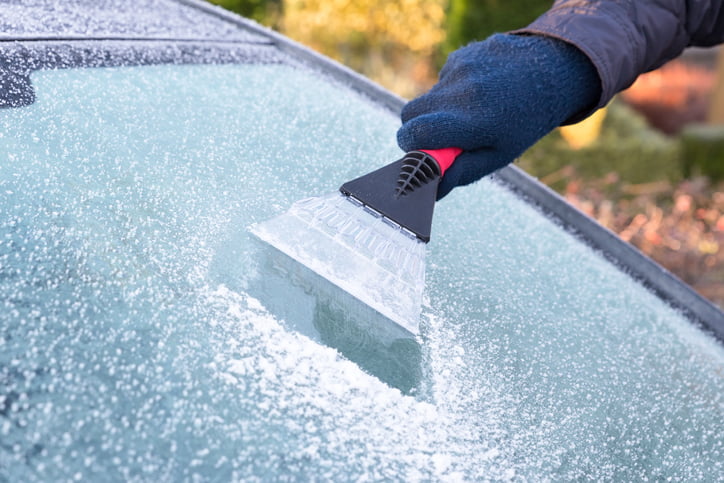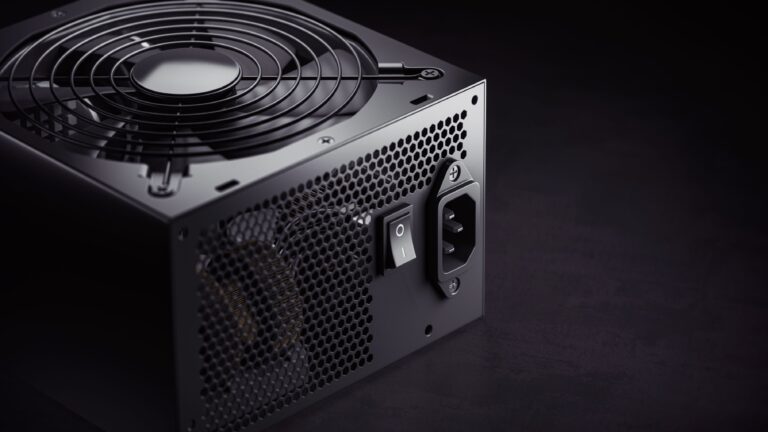Air in Fuel Line Diesel! Troubleshooting Tips and Solutions
Air in diesel fuel lines can lead to engine performance issues and should be addressed promptly. Common causes include fuel system leaks, faulty fuel filters, or incorrect fuel priming. To resolve this problem, inspect the fuel system for leaks, replace clogged filters, and bleed the system following the manufacturer’s guidelines.
Check for leaks in connections, hoses, and seals, tightening loose fittings and replacing damaged parts. Utilize the fuel priming pump as directed and run the engine to stabilize the system. It may require multiple attempts to completely remove air from the lines, so repeat the bleeding process if necessary.
If uncertain, seek professional assistance from mechanics or service centers specializing in diesel engines. Timely action to remove air from the fuel system can restore the engine’s normal operation, preventing issues like rough idling, power loss, or stalling.
How to Identify Causes of Air in Diesel Fuel Lines?
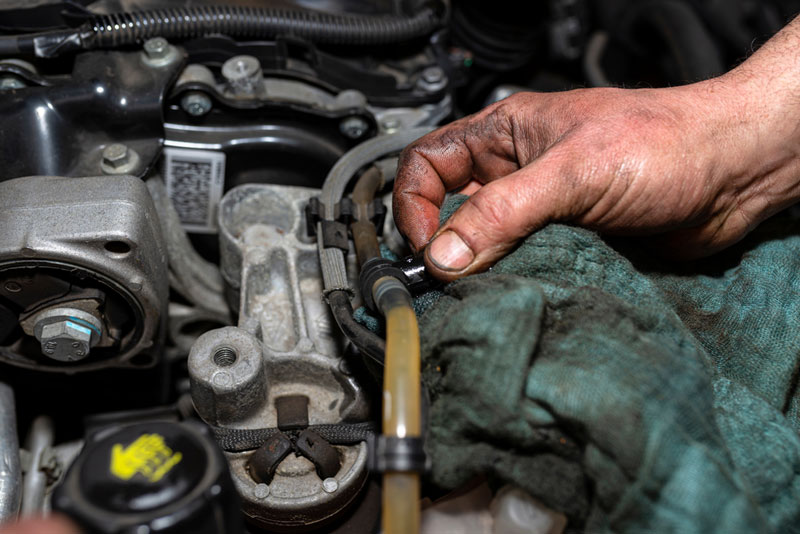
Addressing these causes requires meticulous inspection, maintenance, and adherence to proper procedures during any work involving the fuel system to prevent air from entering the diesel fuel lines.
Fuel System Leaks
Fuel system leaks represent a significant cause of air entering diesel fuel lines. This issue can occur due to loose connections within the fuel lines, where fittings haven’t been properly secured. Additionally, damage to houses or seals in the fuel system can lead to air seepage. Even tiny cracks or gaps in these components can allow air to infiltrate the system.
Loose Connections: Connections between various parts of the fuel system, such as between hoses, pipes, or filters, might loosen over time due to vibrations or inadequate tightening during maintenance.
Damaged Hoses or Seals: Wear and tear, exposure to extreme temperatures, or degradation over time can lead to damage in hoses or seals. Any compromise in these parts can result in air leaks into the fuel lines.
Fuel Filter Issues
Issues related to fuel filters are another common cause of air in diesel fuel lines. Problems might arise from clogged filters or improper installation.
Clogged Filters: Over time, fuel filters can accumulate debris, sediment, or contaminants, leading to clogging. When filters are clogged, they hinder the proper flow of fuel, potentially creating a vacuum or air pockets within the system.
Improper Installation: Incorrectly installed fuel filters, whether not seated correctly, missing seals, or not tightened appropriately, can cause air to enter the fuel line. Proper installation is crucial to maintaining a sealed system.
Fuel Priming Problems
Issues during the fuel priming process can introduce air into the diesel fuel lines, affecting the system’s efficiency.
Incorrect Priming after Maintenance: When performing maintenance that involves opening the fuel system, such as changing filters or working on fuel-related components, improper priming afterward can allow air to remain trapped in the lines.
Running Out of Fuel: Running a diesel engine completely out of fuel can cause air to enter the system. When the engine is restarted after being out of fuel, it might struggle to expel the air, leading to poor performance or stalling.
What Are the Steps to Resolve Air in Diesel Fuel Lines?
Addressing these steps diligently helps in effectively identifying, rectifying, and ensuring the removal of air from diesel fuel lines, allowing the engine to operate smoothly and efficiently.
Inspection for Leaks in the Fuel System
Checking Connections, Hoses, and Seals: Thoroughly inspecting the entire fuel system is crucial. Examine connections between components, hoses, and seals for any signs of wear, damage, or looseness. Look for visible leaks, such as fuel stains or drips, which could indicate a breach in the system allowing air to enter.
Tightening Loose Fittings: If any loose connections or fittings are identified during the inspection, tighten them appropriately using the recommended torque settings. Ensuring a snug fit helps maintain a sealed fuel system.
Replacing Damaged Components: If there are visible signs of damage, such as cracks in hoses or worn-out seals, replace these components promptly. Damaged parts compromise the integrity of the system, leading to air infiltration.
Replacement of Fuel Filters
Inspect fuel filters for clogs caused by sediment or contaminants. Also, check for any signs of improper installation, such as misalignment, missing seals, or loose connections. Properly installed and functioning filters are crucial for maintaining a clean and efficient fuel flow.
Adhere to the manufacturer’s guidelines regarding the replacement interval for fuel filters. Regularly replacing filters according to the recommended schedule helps prevent clogs and ensures optimal fuel system performance.
Bleeding the Fuel System
Bleeding the fuel system involves removing trapped air to restore proper fuel flow. Follow the manufacturer’s instructions precisely, which typically involve using bleed screws or a priming pump to purge air from the system gradually.
Depending on the engine type, utilize the designated fuel priming pump or bleeding screws to release trapped air. This process might need to be repeated several times until all air bubbles are removed.
Starting the Engine and Allowing It to Run
After bleeding the system, start the engine and let it run at idle. This allows the fuel system to stabilize and ensures that any remaining air is purged, enabling proper fuel circulation.
While the engine is running, monitor its performance for smooth operation. Look out for any signs of irregularities, such as rough idling or loss of power, which might indicate lingering issues with air in the fuel lines.
How to Bleed a Diesel Fuel System for Air Removal?
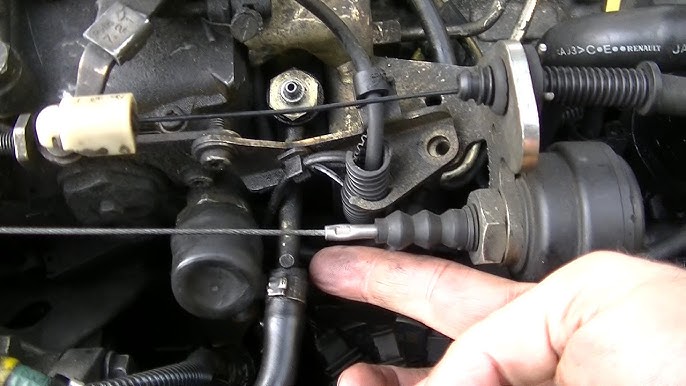
Relying on professionals for guidance, especially when repeated attempts fail to resolve the problem, ensures that the issue is addressed comprehensively.
Repeating Bleeding Process if Necessary
It’s common for air pockets to persist in diesel fuel lines, requiring multiple attempts to completely eliminate them. Even after initial bleeding, some pockets of air might remain trapped in the system. If you notice any signs of irregular engine performance, such as rough idling or power loss, it’s advisable to repeat the bleeding process.
Repeating the bleeding process involves following the manufacturer’s recommended procedures for air removal. This may entail using bleeding screws or a priming pump multiple times to ensure thorough air expulsion from the system.
Acknowledging the Need for Multiple Attempts
Understanding that removing air from diesel fuel lines might necessitate several attempts is crucial. Air pockets can be stubborn to eliminate entirely, especially in complex fuel systems or if the initial attempts were insufficient.
Acknowledge the possibility of needing multiple tries to completely remove air from the fuel lines. Patience and persistence are essential, ensuring thoroughness in the process to achieve optimal engine performance.
FAQ’s
What causes air bubbles in diesel fuel lines?
Air bubbles can enter diesel fuel lines due to leaks, damaged components, improper priming, or issues with fuel filters, allowing air to infiltrate the system.
How do you fix an airlock on a diesel engine?
To fix an airlock in a diesel engine, bleed the fuel system by using the priming pump or bleeding screws to remove trapped air, ensuring proper fuel flow.
How does air get into a diesel engine?
Air can enter a diesel engine through leaks in fuel lines, damaged hoses, seals, or due to improper fuel priming after maintenance.
How do you get air out of a car fuel line?
Removing air from a car’s fuel line involves bleeding the system by using bleeding screws or a priming pump, allowing trapped air to escape.
Should a fuel filter have air in it?
No, a fuel filter ideally should not have air in it. Air in a fuel filter could indicate a leak or an issue with the fuel system that needs attention.
How do you fix gas in a diesel?
Fixing gas in a diesel engine involves draining the contaminated fuel, flushing the system, and replacing filters and components affected by the gas contamination.
Final Words
In conclusion, dealing with air in diesel fuel lines is essential for keeping the engine running smoothly. Checking for leaks, fixing damaged parts, and replacing filters are crucial steps. Bleeding the fuel system and allowing the engine to run helps remove air bubbles.
If the problem persists, repeating these steps might be necessary. Seeking help from experienced mechanics or specialized service centers is a good idea if unsure. Taking these actions on time helps prevent engine problems like rough idling or power loss, keeping the diesel engine working well.

